Have you taken a look around your classroom reading corner recently? How many Aboriginal children’s books for children did you see? How many books exploring First Nations people and culture were written by Aboriginal authors or Torres Strait Islander writers?
Experts have found that the books in countless classrooms in Australia are lacking in diversity. One researcher went so far as to review 2377 books in classrooms and found there were only two books that contained Aboriginal and Torres Strait Islander characters!
Do you want to ensure all of your students see themselves reflected in the books in the classroom? If you’re looking for must-have books with Aboriginal perspectives and characters to add to your classroom, you have come to the right place.
The teachers on the Teach Starter team have compiled this list of some of our favourite books for all ages to help your students develop an understanding of Aboriginal culture from prep right through to upper primary! Not only are these books beautifully illustrated and written, but they are all authored by First Nations Australians — an important factor when selecting stories for your classroom.
To help you choose the perfect books to add to your classroom reading corner, we have separated out our suggestions by year level with the best books for lower primary and upper primary.
We respectfully caution Aboriginal and Torres Strait Islander readers that this list contains names or images of people who are deceased.
Aboriginal Children’s Books for Lower Primary Students
Cunning Crow
- Author — Gregg Dreise
- Ages — 5+
Author and illustrator Gregg Dreise is known for his animated story-telling, and his children’s book Cunning Crow is no exception! The Queensland-based teacher has said he created this book for kids as part of an effort to ‘bring back endangered or broken stories from my Country.’

When Waan is jealous of the other birds’ beautiful colours, the crow hatches a plan to trick the rainbow into making him more brightly coloured. This Dreaming story helps students remember that it’s what’s on the inside that counts.
Ernie Dances to the Didgeridoo
- Author — Alison Lester
- Ages — 2+
From classroom favourite and former Australia Children’s Laureate Alison Lester comes a story about a white child who goes to live on Arnhem Land in an Aboriginal community in northern Australia. In the children’s book Ernie Dances to the Didgeridoo, Ernie writes letters to share his experiences with his classmates back home, telling them all about the beautiful land and his new friends.

Shortlisted for the CBC Book Awards in 2001, Lester’s book was inspired by work she did with a group of upper primary students while on Arnhem Land s a guest of the Gunbalanya Community School.
Our Home, Our Heartbeat
- Author — Adam Briggs
- Ages — 3+
A beautifully colourful book by hip hop star Adam Briggs, Our Home, Our Heartbeat puts First Nations legends at the centre with illustrations of renowned Aboriginal and Torres Strait Islander figures. The winner of the 2021 CBCA Picture Book of the year explores how children look up to their idols.
The kids’ book is adapted from Brigg’s hit song ‘The Children Came Back,’ and you can watch the musician read the entire book in this read-aloud video from cancer charity Camp Quality.
Baby Business
- Author — Jasmine Seymour
- Ages — 3+
Written by Jasmine Seymour, a NSW teacher and a Darug woman who can trace her Darug heritage back past Yarramundi, Baby Business is a picture book for kids that shares one of the special traditions of the Darug Mob. This beautiful story details the Darug baby smoking ceremony that welcomes new babies to Country, and Seymour has incorporated a number of Darug language words in the text, plus given readers a glossary in the back.
Coming Home to Country
- Author — Dr. Bronwyn Bancroft
- Ages — 4+
Dr. Bronwyn Bancroft is a proud Bundjalung woman and artist, and the illustrations in her book Coming Home to Country are a perfect showcase of her immense talents.

This book for lower years students offers a beautiful reflection of modern-day Aboriginal connection to Country and the land.
 Aboriginal Children’s Books for Lower to Middle Primary Students
Aboriginal Children’s Books for Lower to Middle Primary Students
Cooee Mittigar: A Story on Darug Songlines (Darug specific)
- Authors — Jasmine Seymour and Leanne Mulgo Watson
- Ages — 5+
There are more than 250 individual Indigenous languages, plus at least 800 dialects, in Australia, and keeping these languages alive is an important part of preserving culture and passing on tradition.
Also coming from NSW teacher Jasmine Seymour, this Darug-specific book for kids is a great way to introduce aspects of the various First Nations languages into your classroom. It follows the story of the seasonal changes that are seen in the animals and on the land in Darug country.
This book is filled with Darug words that you can share with your students, and a glossary is included to help you translate. You’ll want to start, of course, with cooee mittigar, which means come here, friend. This is an invitation to yana — translated as walk — on Darug Country.
Fair Skin Black Fella
- Author — Renee Fogarty
- Ages — 6+
Many students may have preconceived ideas of what it means to be Aboriginal. In her book Fair Skin Black Fella, author Renee Fogarty tells the story of Mary, an Aboriginal girl who is shunned by her peers because of her fair skin.
Fogarty has said her children’s book was inspired by other own experiences as a ‘fair skinned’ Koori in Sydney, and her moving story offers students a reminder that identity is not caught up in skin colour.

Fair Skin Black Fella teaches the lesson that it’s not OK to treat people differently because of their skin colour, and it can open up discussions in your classroom about the different kinds of racism that exist in Australia.
My Culture and Me
- Author — Gregg Dreise
- Ages — 6+
How does it feel to be connected to Aboriginal culture?

My Culture and Me is a book that can help your students see how younger generations cherish and sustain Aboriginal culture, music and storytelling. This is another book from Gregg Dreisse, who draws on his Kamilaroi and Euahlayi heritage not just in his books but as he travels Australia providing educational talks.
Dreise is known to incorporate didgeridoos and guitars in his presentations, so it’s no surprise this book tells kids ‘Feel the rhythm of the music, from your heart down to your feet.’
Aboriginal Children’s Books for Upper Primary Students
Stolen Girl
- Authors — Trina Saffioti and Norma MacDonald
- Ages – 9+
Sometimes Indigenous issues are very confronting to young students. This book helps introduce the topic of the Stolen Generation to young children in a sensitive way. It follows the story of a young girl as she experiences Australia’s child removal policies.
Black Cockatoo
- Authors — Carl Merrison and Hakea Hustler
- Ages — 10+
As Mia’s brother distances himself away from the family, she explores the power of standing up for yourself, culture and family ties. This book follows the story of a young Aboriginal girl from a remote community in the Kimberley.
Young Dark Emu — A Truer History
- Author — Bruce Pascoe
- Ages — 10+
The 2020 Children’s Book Council of Australia Book of The Year Awards winner, Young Dark Emu explores aspects of Aboriginal culture from before the arrival of European colonisers. More than just art and music, this book for upper primary students looks at historical recollections that give insight into Aboriginal knowledge of the land and society.
Author Bruce Pascoe is a Yuin, Bunurong and Tasmanian man who has worked as an Aboriginal language researcher, and he brings his extensive research skills to this book for students.
A Boy’s Life
- Author — Jack Davis
- Ages — 12+
Here’s another non-fiction book for the upper years. A Boy’s Life is an autobiography of author Jack Davis, a poet, a playwright and a Noongar man known for his activism on behalf of First Nations peoples. It follows his life and experiences as a young Aboriginal boy in Western Australia during the 1920s and 30s.



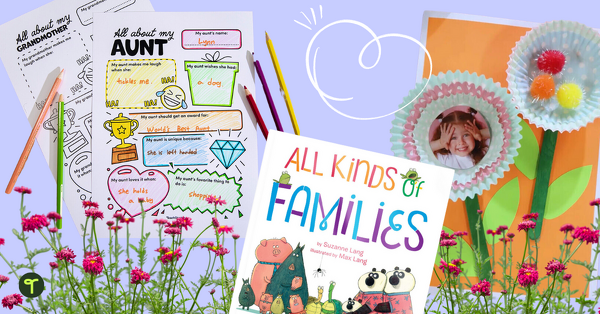
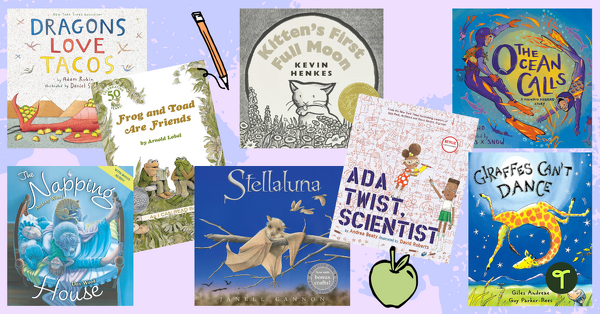
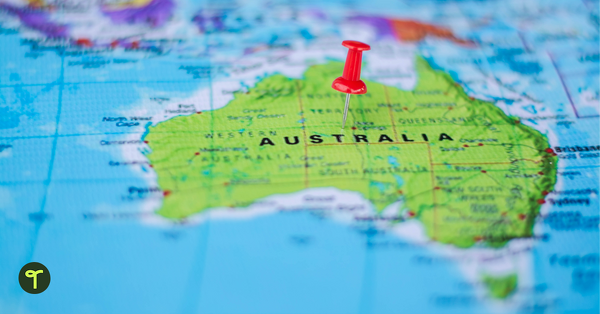
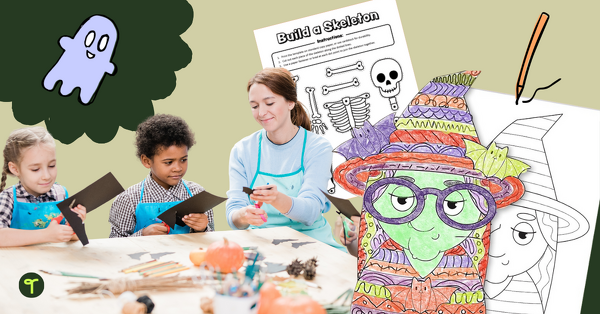
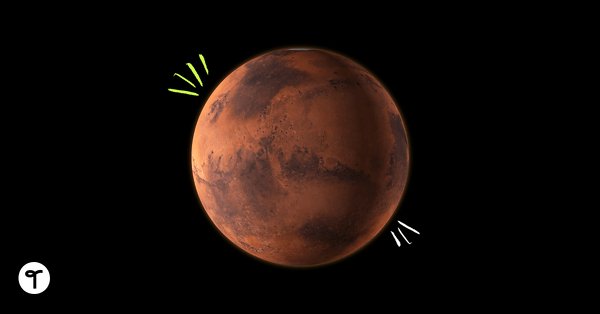
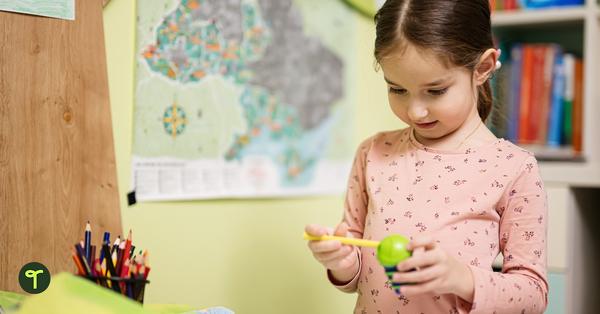
Comments